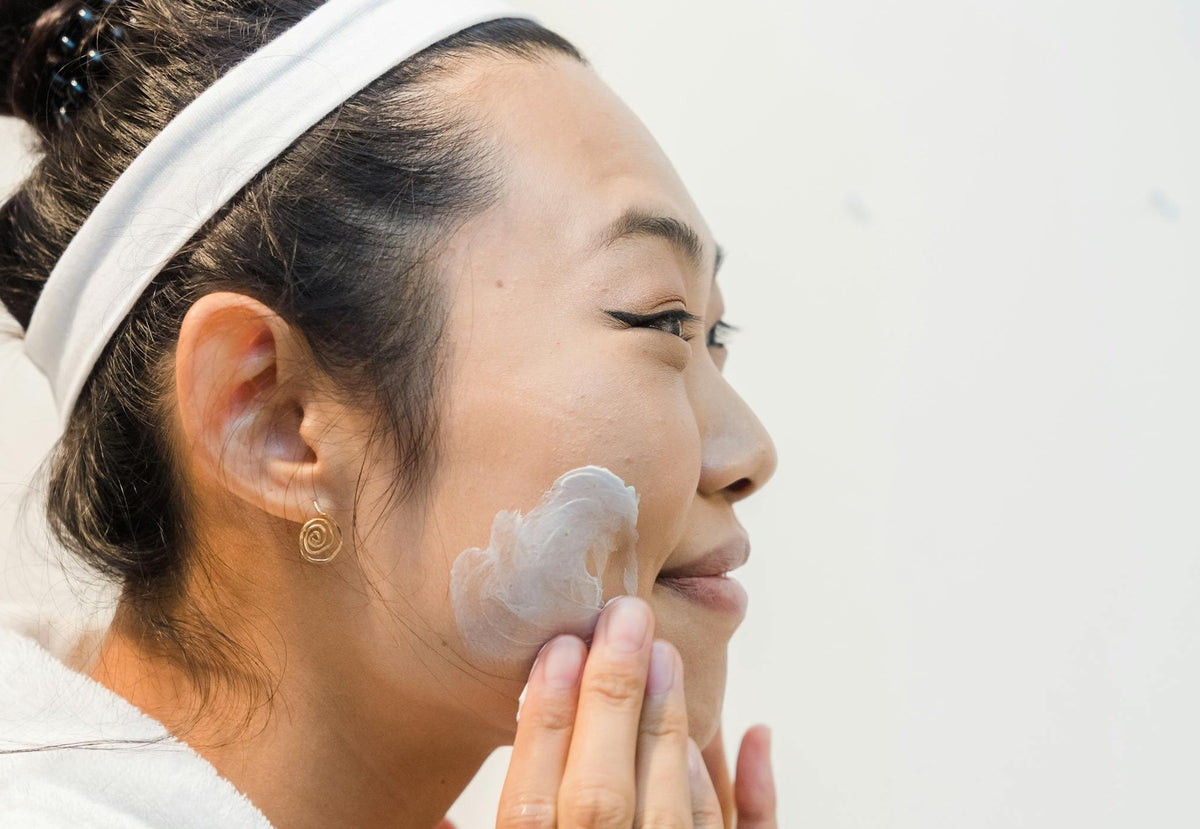Retinol for Dry Skin
Many dermatologists and skincare experts refer to retinoids as the gold standard when it comes to anti-aging. Retinol, one of the vitamin A derivatives that make up the retinoid category, is an especially popular ingredient in anti-aging skincare, because it encourages cell turnover and boosts collagen production, resulting in more youthful-looking skin as you grow older.
Unfortunately, retinol is a very potent ingredient that has a few side effects to go along with its amazing benefits – especially during winter when your skin is already prone to dryness and dullness. However, just because you’re worried about the side effects of retinol on dry skin doesn’t mean it can’t be useful for your skincare routine during the winter season!
Learn more about the right way to use retinol in winter when you explore this guide from Senté today.
Going Back to Basics
Why is retinol so good for your skin? Cell behavior in your youth includes more cell turnover and high collagen production, which is why your skin is so hydrated and elastic in your early years. Because retinol tells your body to produce new skin cells just as frequently, retinol can reduce signs of aging like fine lines and wrinkles and uneven skin tone. Regular use of retinol leads to better results.
If you’re using retinol for dry skin, you can expect to experience the benefits of your skincare products around the fourth week of use. Many people with dry skin find that retinol loosens the connections between surface skin cells and results in flaking. After the early stages of retinol use, these effects normalize, and you’ll notice your skin getting more hydrated by the day.
Retinol Use Guidelines

Whether you have dry skin or not, using retinol in winter should be a careful process, because you don’t want to overload your skin with too much of this new ingredient. Starting slow is the key to ensuring your skin accepts the changes, and you maximize the benefits.
We recommend using products with 0.01% to 0.03% retinol at first, like our Bio Complete Serum, before moving on to higher strength products, like the Intensive Bio Complete Serum.
We also recommend that you use retinol for dry skin in conjunction with other hydrating products, like the Dermal Repair Cream, to balance out any flakiness you may experience in your first weeks of use. Some other simple guidelines for using retinol include:
- Start by using retinol products only twice a week.
- Use a pea-sized amount for each application.
- Apply retinol products the day before exfoliating – never the day after.
- Only use retinol at night.
- Always follow retinol with a moisturizer to hydrate skin and reduce the risk of irritation from retinol.
- Increase your sunscreen potency to higher than 30 SPF, because retinol makes you sun sensitive.
As your skin continues to adjust to retinol, you can start using it nightly.
Retinol & Dry Skin in Winter
Since retinoid use is already sensitive when it comes to dry skin, proper use of retinol in winter is even more important. You shouldn’t relegate retinol to the back of the cabinet, just because you’re worried about drier skin during the colder months. Instead, consider strategies that make using retinol with dry skin easier, including buffering or sandwiching.
Buffering
Because retinol could potentially be drying and irritating, buffering allows you to place an extra barrier of protection between you and any retinol products you use. This is a relatively easy strategy where you use two layers of your moisturizer instead of just one. After applying a normal layer of moisturizer, mix a second dose of moisturizer with retinol before applying it to your skin.
Sandwiching
Sandwiching is similar to buffering, because you’re using a moisturizer twice in your skincare routine. Instead of mixing your moisturizer and retinol together for a second layer, you apply each one individually. After using a cleanser, apply your moisturizer regularly. Then, apply your retinol serum and finish off with a final layer of moisturizer.
The Senté moisturizer with HSA and hyaluronic acid minimize the drying effect of retinol in winter and have a synergistic result that can maximize the anti-aging benefits of both ingredients.
Keep Using Retinol

The key to seeing results from retinol for dry skin is regular, consistent use. Even during winter, you can continue using retinol with just minor changes to your routine. With either sandwiching or buffering, you have all the tools you need to keep this potent ingredient in your lineup and ensure your skin stays fresh and glowing all winter long.
Have questions about retinol for dry skin? Feel free to reach out to our team for more guidance.



